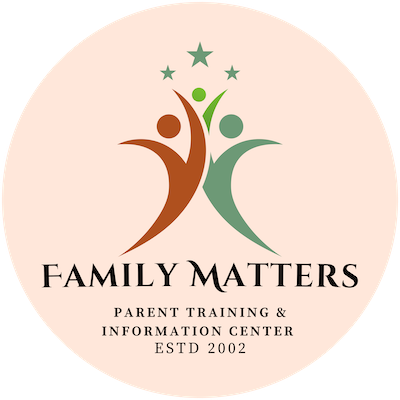Evaluations
How do schools decide if a child needs an evaluation for special education? Public schools have a big responsibility—they must identify, locate, and evaluate any kids who need special education. This is called Child Find. When a school knows, or thinks a child could have a disability, it must evaluate the child. Child Find applies to kids from birth to age 21. It can cover kids with learning and thinking differences, developmental delays, and other conditions. It’s not enough for public schools to look only at current students. They must also seek out kids in migrant families and those without homes. You might be surprised to learn that they’re even responsible for finding kids who are homeschooled or in private schools.
Reference- What is Child Find?
But how do schools know which students need to be evaluated? Schools use a system called a Multi-Tiered System of Supports or MTSS.
MTSS is designed to help schools identify struggling students early and intervene quickly. It focuses on the “whole child.” That means it supports academic growth but many other areas, too. These include behavior, social and emotional needs, and absenteeism (not attending school).
Click on the button below to learn more:
And what role do families play?
You, your child’s teachers, or anyone else who notices your child is struggling can request an educational evaluation from the school. No matter who requests this, the school needs your permission to take this step.
You can read more about Evaluation here by clicking the button below:
If you want to request an evaluation for special education, you may wonder how to get that process going. It’s best to send a letter to the school. Templates for requesting an evaluation for special education can be found here:
More Resources:
Eligibility
An eligibility conference occurs after special education testing (evaluation) is complete. Keep in mind that the school must complete their evaluation even if you have an outside diagnosis. The school's focus is not to diagnose your student, but to see how their disability impacts their education.
The full Team reviews the testing to determine whether the child meets the federal and/or state criteria as a child with a disability and, as such, is eligible for special education services.
If the evaluation shows that your child has a disability or that their disability impacts their education, the next step is for the school to determine whether your child needs special education services. They will make this decision based on their evaluation results.
The IDEA has specific categories for which a student can be considered disabled. The categories are:
More Resources

